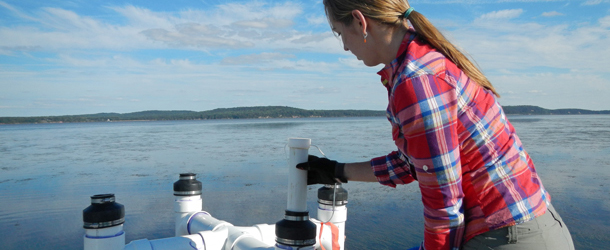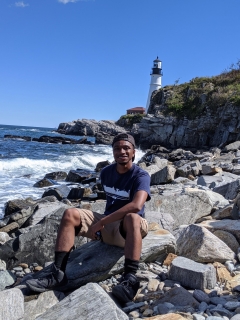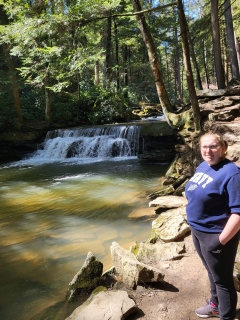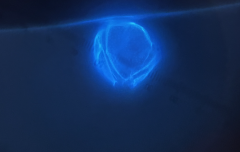Fellowship Experiences
A blog by and about students supported by Maryland Sea Grant

Photo, Debbie Hinkle
Breathing Life Into the Bay
Michael Macon •
Did you know that cleaning up the air we breathe also cleans up the Chesapeake Bay?
Read more...
What Goes on Beneath an Oyster Cage?
Michael Kalinowski •
Oysters are amazing filter feeders that slurp up algae and improve water quality in the Chesapeake Bay. After they digest algae, they expel their waste onto the Chesapeake Bay floor. On the Bay floor, bacteria love oyster waste, and naturally break down these particles. Read more...
Putting PFAS Regulations in Perspective
Kai Hardy •
One of my roles as a Sea Grant Legal Fellow is to help agencies, industries, and communities understand the laws and policies governing often complex scientific topics. PFAS are a prime example of scientific and regulatory complexity. Read more...
The Ripple Effect: How a Love for Water Led Me to a PhD
Allison Dreiss •
Allison Dreiss knew she wanted to continue to a PhD program someday. In January, she got that opportunity. Read more...
A Living Kaleidoscope Under a Microscope
Shayna Keller •
Fitting six months of training into two weeks was a grueling but incredible opportunity for Graduate Fellow Shayna Keller. Read more...





